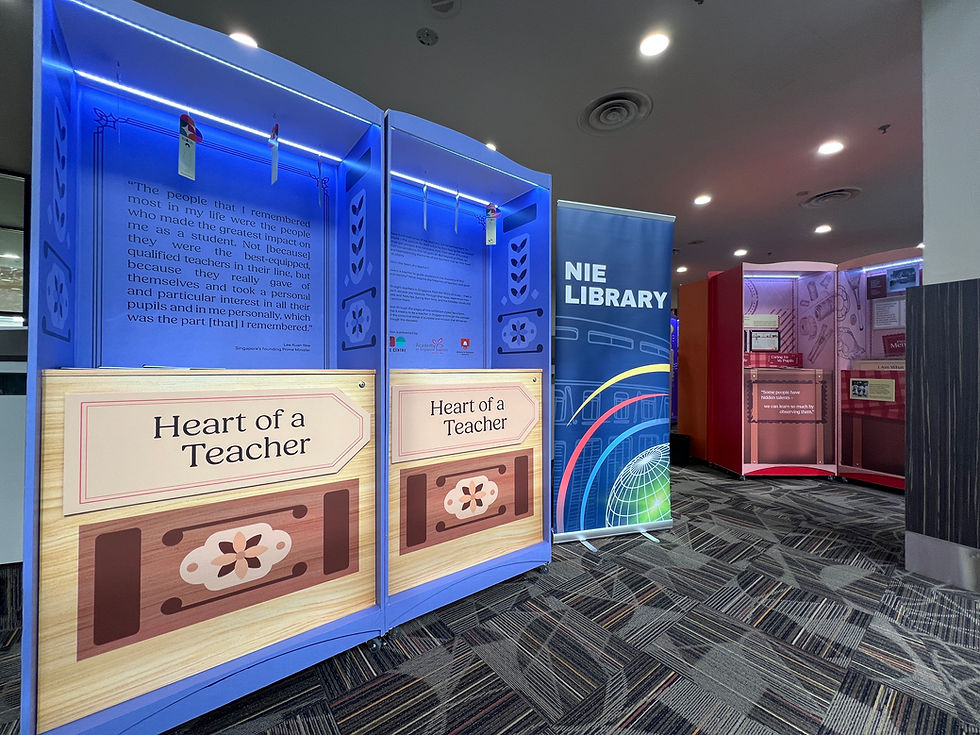Create Fuss Free Dynamic Reading Lists
- Marcus Leong & Sandie Loo
- May 8, 2023
- 2 min read
The NTU Course Reserves is a course readings management system and copyright compliance tool which helps academic staff create, publish and manage their course reading lists.

Access Course Reserves from NTULearn
Course Reserves is embedded within NTULearn. Simply locate the “NTU CourseReserves” tool in the left sidebar of your respective courses.
Create Course Reading Lists with a Few Clicks
Lecturers can create their reading lists and organise the items by week, topic and more.
Populating the Reading List
There are a few ways of populating the reading list:
1) Linking to library resources
2) Uploading from your own device
3) Linking to websites
Direct Links to Library Resources
Direct links can be created to existing library resources such as e-books, journal articles, book chapters and more. Simply click on the "Library Search" option displayed on the same page to search for the items in NIE Library. Once the item has been added, students can access the items with just one click.

Search for and link to library resources directly from Course Reserves with the integrated "Library Search" option.
Lecturers and teaching staff can also upload documents from their own computers such as lecture presentation slides, MS Word documents or PDFs. Course Reserves also supports multimedia content, such as videos, audio recordings, thus providing a rich and immersive learning experience.
Lastly, external resources such as websites, Open Access articles, Youtube videos etc. can also be linked in your course reading lists with the click of a button. By installing the Cite It! Bookmarklet, a small javascript-based bookmark into your browser, lecturers can add links from online resources when they find it.
Ease of Access
With Course Reserves, students can easily locate and access all their course readings, lecture notes, and other resources in one centralised location. This streamlined access eliminates the need to search through various platforms or physical reserves, and saves students valuable time and effort, allowing them to stay organized.
Collaborative Learning
Course Reserves also facilitates collaboration and interaction among students in class. Class discussions can be conducted directly on PDF documents. Students can view, highlight and annotate the PDFs directly. They can also write their comments on the PDFs for their classmates to view and discuss.
Analytics
Besides the ease of creation and access, one key advantage of the Course Reserves over print or MS Word versions of the reading list is the analytics and reporting capabilities that provide insights into the usage and engagement with the course material. With the data, instructors can refine the reading lists to better engage their students.
Course Reserves’ streamlined access, collaborative features, and user-friendly interface make it an invaluable resource for students and faculty alike.

Need help to create your reading lists in Course Reserves? Send your request together with your reading lists to libcirc@nie.edu.sg now!




Comments